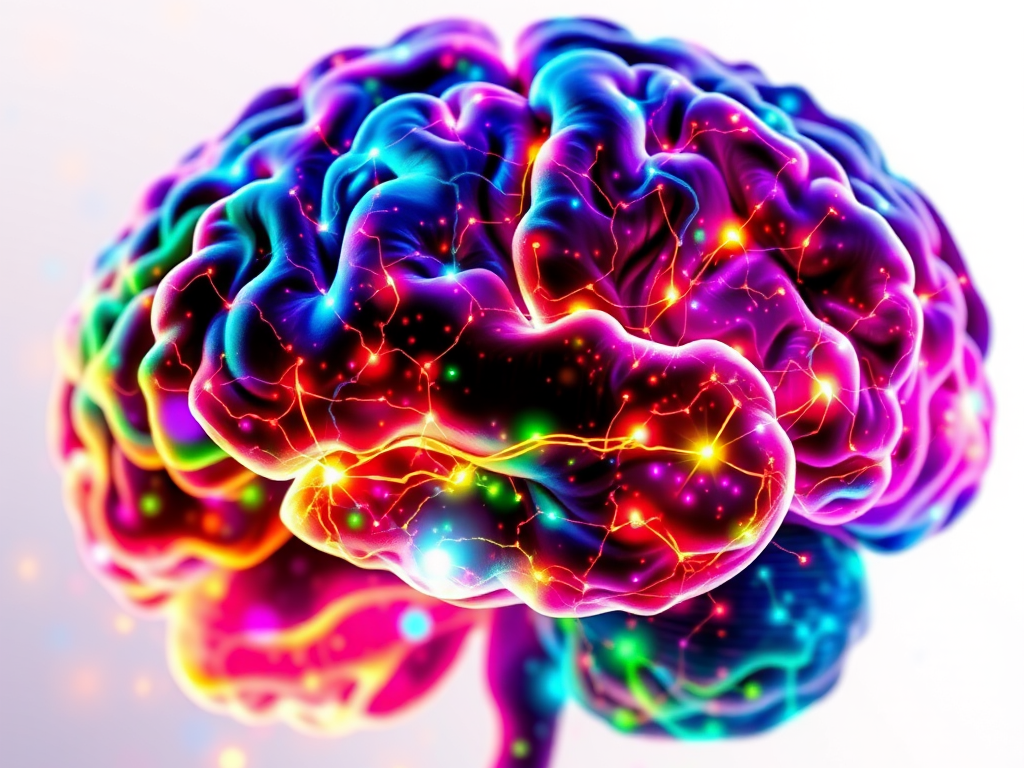
When I first started working with adults on the autism spectrum, I quickly realized that autism isn’t a one-size-fits-all condition. Each person I meet brings their own unique blend of strengths, challenges, and perspectives.
Autism Spectrum Disorder (ASD) affects social communication and behavior in ways that vary dramatically from person to person. Some individuals excel in areas like mathematics or music, while others might struggle with daily routines that seem simple to neurotypical people.
This incredible diversity extends into relationships too, especially when one or both partners are neurodivergent. Understanding these complexities has become central to my work, helping both individuals and couples navigate the rich landscape of neurodiversity.
The Spectrum: Why Individual Differences Matter
This variation affects everything from the diagnostic process for autism spectrum disorder to determining which autism support services for adults will be most helpful. A comprehensive autism assessment takes these individual differences seriously, looking beyond surface behaviors to understand each person’s unique neurological makeup and life experiences.
The autism spectrum isn’t just a clinical term. It’s a recognition that autism shows up differently in every person. I’ve worked with software engineers who can debug complex code but struggle with small talk, and artists who create beautiful work while finding grocery shopping overwhelming.
I’ve seen couples struggle with mismatched sensory needs. One partner loves background music, the other finds it overwhelming. Or different approaches to social situations create tension.
Understanding neurodiversity in couples therapy means recognizing these aren’t relationship flaws. They’re neurological differences that need understanding and accommodation. The right resources for neurodiverse couples can transform these differences from sources of conflict into opportunities for deeper connection and mutual growth.
Unique Dynamics in Neurodiverse Partnerships
Neurodiverse relationships bring their own set of joys and challenges. When one or both partners are on the autism spectrum, everyday interactions can feel like navigating different languages. One person might need direct communication while the other relies on subtle cues.
The best therapy style for neurodiversity isn’t about changing anyone. It’s about building bridges between different ways of experiencing the world.
Counseling for neurodiverse couples focuses on practical strategies: How do you express love in ways your partner can receive? How do you handle disagreements when you process emotions differently? These aren’t abstract concepts. They’re real-world skills that can make or break a relationship.
Specialized Therapeutic Approaches for Neurodiverse Couples
Traditional couples therapy often misses the mark with neurodiverse partnerships. I’ve found that couples therapy for neurodiverse individuals requires a completely different approach. One that accounts for how autism affects communication, emotional processing, and relationship dynamics.
Some partners need explicit conversations about physical touch preferences, while others communicate love through acts of service rather than words. Building intimacy means creating space where both partners feel safe being their authentic selves.
Therapy for neurodiverse couples helps partners discover what intimacy looks like for their unique relationship, moving beyond societal expectations to find what actually works for them.
Building Intimacy in Neurodiverse Relationships
One partner might speak in metaphors while the other needs literal explanations. Some people on the spectrum struggle with reading facial expressions or tone of voice, while their partners might feel unheard when their non-verbal cues go unnoticed.
The communication strategies that work best are surprisingly straightforward: be direct, check for understanding, and don’t assume your partner knows what you’re thinking. These approaches form the backbone of successful couples counseling with autistic partners, creating clearer pathways for understanding and connection.
Intimacy in neurodiverse couples often requires creativity and patience. I’ve worked with couples who discovered that their most meaningful connections happened during shared special interests rather than traditional romantic settings.
I’ve seen how important it becomes to maintain some stability during turbulent times: keeping familiar routines where possible, communicating changes clearly and in advance, and providing extra emotional support.
Even during difficult transitions like divorce, the goal remains the same. Helping both partners navigate the change with their dignity intact and their individual needs respected.
Bridging Communication Gaps
The autism evaluation process for adults needs to look beyond surface behaviors to understand how autism has shaped someone’s entire life experience. A thorough psychological evaluation for autism spectrum disorder considers childhood development, current challenges, and the often-invisible ways autism affects daily functioning.
This comprehensive approach leads to individualized autism treatment plans that actually address each person’s real-world needs and goals.
Communication breakdowns happen in every relationship, but they can be particularly challenging for neurodiverse couples. I’ve noticed that many misunderstandings stem from different communication styles.
This represents one of the most common coping strategies for high-functioning autism, particularly among men who often face pressure to hide their differences. The mental toll is enormous: imagine performing a role every waking moment, never being able to fully relax and be yourself.
Masking often creates problems in relationships because partners fall in love with the mask, not the authentic person underneath. Addressing masking through appropriate therapy for adults with high-functioning autism can be life-changing, allowing people to finally show up as themselves in their relationships and daily lives.
Navigating Relationship Transitions and Challenges
Comprehensive therapy services for adult autism recognize that autism affects every aspect of life, not just social communication. The most effective personalized therapy plans for adult autism build on individual strengths while addressing specific challenges.
I’ve seen people flourish when they finally receive support that matches their actual needs rather than generic interventions that assume all autistic people are the same.
When neurodiverse relationships face major transitions, whether that’s moving, job changes, or even separation, the emotional impact can be intense. Change is often particularly difficult for people on the autism spectrum, who may rely heavily on routines and predictability.
The goal isn’t to make autistic people more “normal.” It’s to create a world where different ways of thinking and being are valued and accommodated.
Comprehensive autism therapy services and specialized support systems work best when they start from this foundation of acceptance. When individuals and couples receive support that truly fits their needs, they don’t just survive. They thrive, contributing their unique perspectives and talents to the broader neurodiversity community.
Adult Autism Assessment: Recognition and Diagnosis
Organizations like the Autism Society provide practical information and support, while research institutions continue developing better assessment tools and therapeutic approaches.
The autism community itself, through blogs, social media, and advocacy organizations, offers invaluable firsthand perspectives that complement professional resources. These diverse sources of information help create a more complete picture of what autism really looks like in all its varied forms.
Getting an adult autism assessment can feel daunting, especially for people who’ve spent years wondering if they might be on the spectrum. Many adults seeking diagnosis have developed sophisticated coping strategies that can mask their autistic traits, making assessment more complex.
Looking for clarity about Autism in adulthood?
An assessment can help you better understand yourself and open the door to support. Let’s take the first step together.
Available online to adults anywhere in California.
The Hidden Challenge of Masking in Adult Autism
Masking is one of the most exhausting aspects of being autistic that many people don’t understand. It’s the constant effort to appear “normal” by suppressing stimming behaviors, forcing eye contact, mimicking social scripts that don’t come naturally.
Comprehensive Therapeutic Support for Adults with Autism
Finding the best therapy for adults with autism often means looking beyond traditional approaches. What works varies enormously from person to person. Some benefit from cognitive-behavioral therapy to manage anxiety, others need social skills training to navigate workplace relationships, and many find vocational support crucial for career success.
Moving Forward: Embracing Neurodiversity
Understanding autism spectrum variability has taught me that neurodiversity isn’t something to be fixed. It’s something to be understood and supported. Every person I work with has shown me new aspects of what it means to be autistic, challenging my assumptions and expanding my understanding.
Want to strengthen your relationship?
Couples therapy can help you and your partner build connection, improve communication, and deepen understanding.
Serving neurodiverse couples across California with online sessions.
Additional Resources for Understanding Autism Spectrum Variability
If you’re looking to deepen your understanding of autism spectrum variability and neurodiverse relationships, there are some excellent resources worth exploring. Steve Silberman’s “NeuroTribes: The Legacy of Autism and the Future of Neurodiversity” offers fascinating historical context and challenges many misconceptions about autism.
